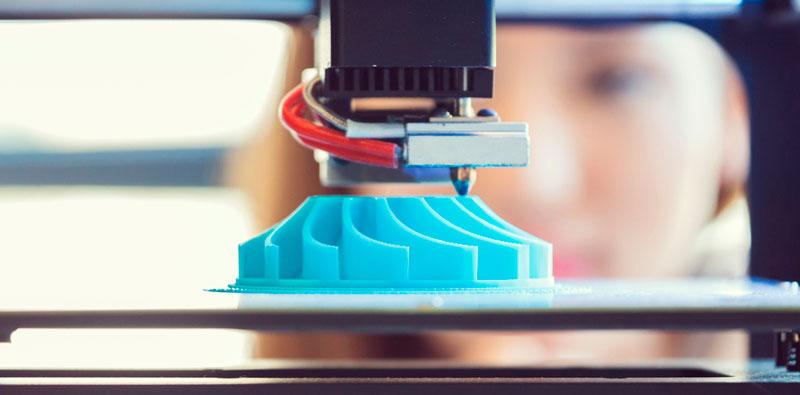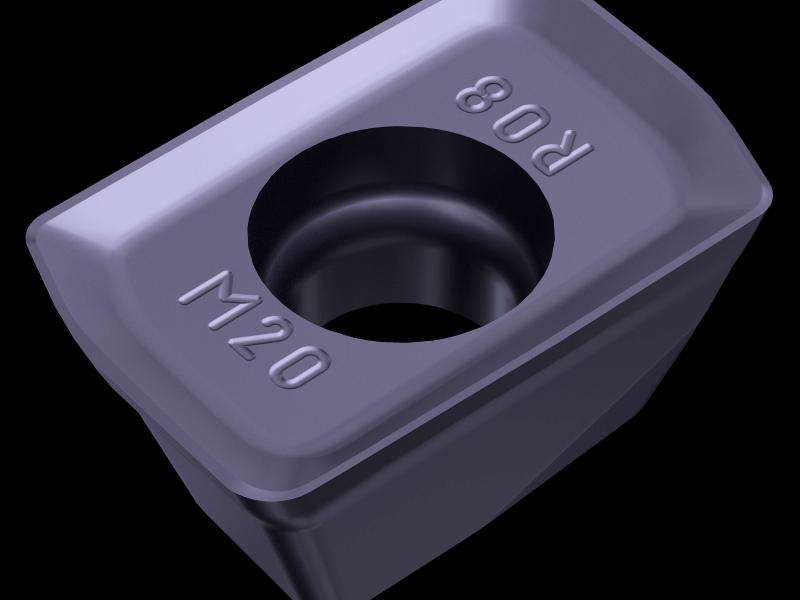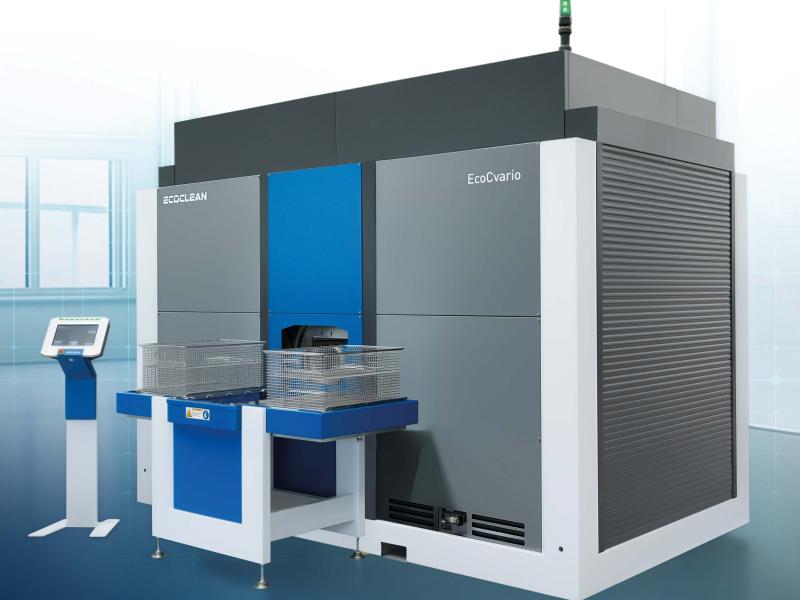Consultancy firm Canalys is forecasting a bright future for the fast-evolving 3D printing market. According to its own research and analysis, the current size of the market, including 3D printer sales, materials and associated services, reached US$2.5bn globally in 2013.
The firm predicts that this will rise to US$3.8bn in 2014, with the market continuing to experience rapid growth, reaching US$16.2 billion by 2018. This represents an expected compound annual growth rate (CAGR) of 45.7 percent from 2013 to 2018. “This is a market with enormous growth potential now that the main barriers to uptake are being addressed,” says Canalys’s senior analyst, Tim Shepherd. “Advances in technology are yielding faster print times and enabling objects to be printed in greater combinations of
materials, colours and finishes. “Crucially, prices are also falling, making the technology an increasingly feasible option for a broad variety of enterprise and consumer uses, restricted only by computer aided design competencies and printer availability – both of which are set to improve significantly.
“Three-D printing has become an established technology for producing prototypes and concept models of all manner of products. But as it matures, there is clear and substantial potential across numerous sectors, such as engineering and architecture, aerospace and defence, and medical (particularly in the fabrication of custom prosthetics), for 3D printing to have a dramatic impact within five years.”
In the short-term, Canalys expects printing-to-order services to drive considerable growth while penetration lags technology advances. “There is a clear opportunity for companies to establish 3D printing service studios to address the growing demand for the custom products that this technology makes possible,” said the firm’s research analyst, Joe Kempton. “That demand will continue to grow, driven by three main factors: customization potential, convenience and manufacturing efficiencies. Items can be printed and personalized to order. They can often be printed locally, rather than necessitating designs be sent off to large, sometimes distant, manufacturing facilities.
“Three-D printing also promises less material waste and often lower energy consumption than conventional manufacturing processes. Given these benefits and the breadth of use cases, there is no doubt that this market is set for robust and significant growth.” Canalys says the value of the 3D printer market itself grew 109 percent in 2013 to US$711m and is forecast to grow 79 percent in 2014 to hit US$1.3bn. The market value is expected to grow to US$5.4bn by 2018.
Value growth will reflect increasing commercial printer volumes and, as such, also drive growth in the volume and value of consumables shipments, including both resistant printing materials and removable or dissolvable support materials.
“We are at the inflection point for 3D printing. It has now moved from a new and much-hyped, but largely unproven, manufacturing process to a technology with the ability to produce real, innovative, complex and robust products,” said Shepherd. “This is a fast-evolving market, but it is still in its infancy. “Expect to see new major entrants making a significant impact in the industry in the coming years, including giants such as HP. As barriers fall, new use cases emerge, the technology improves and new entrants join, this is a market that will look very different in five years’ time.”






